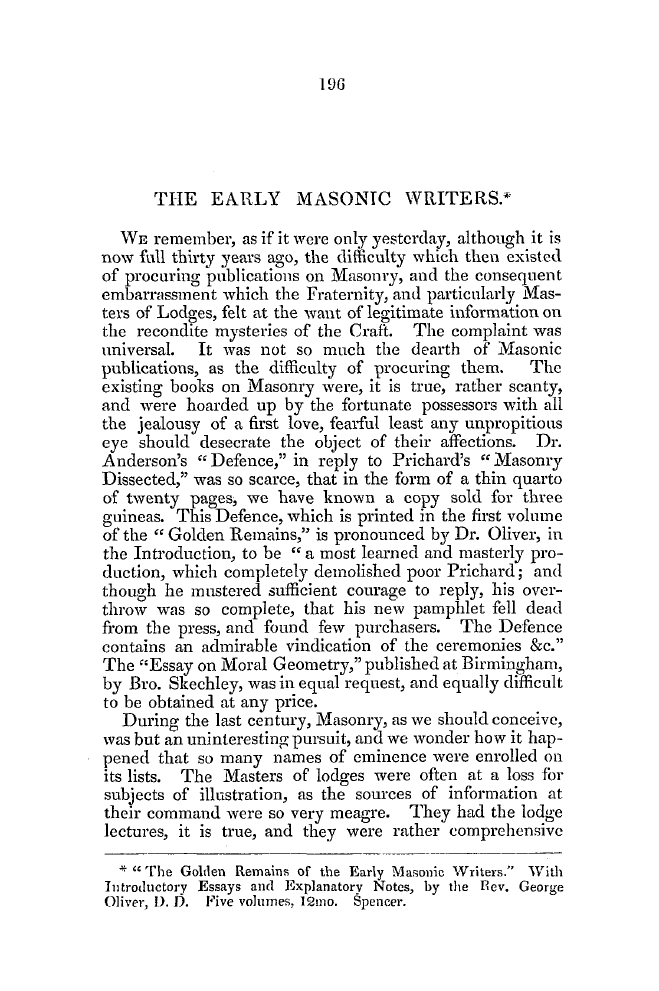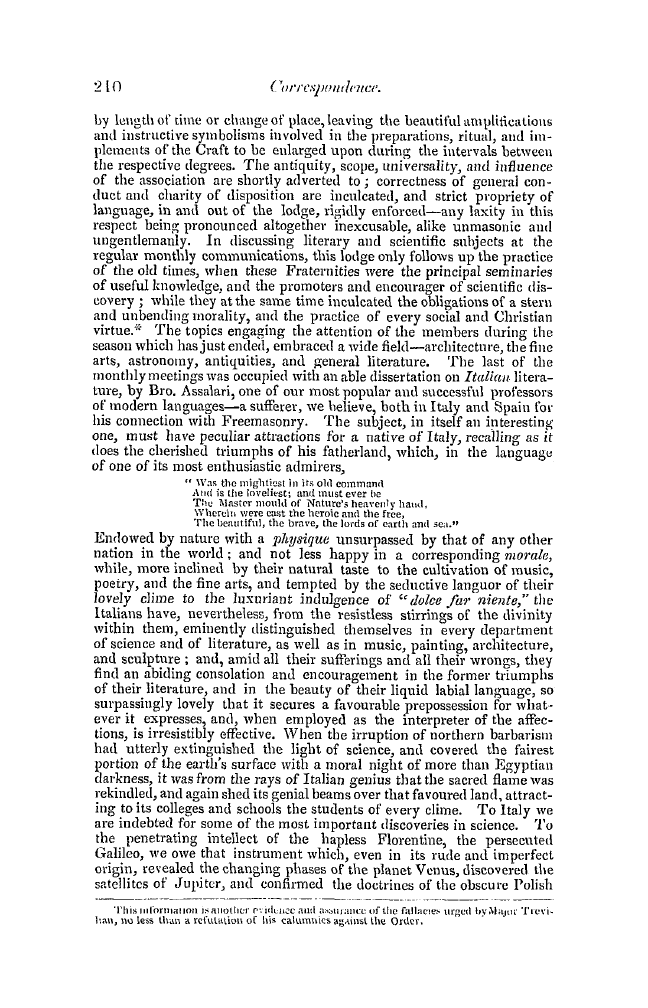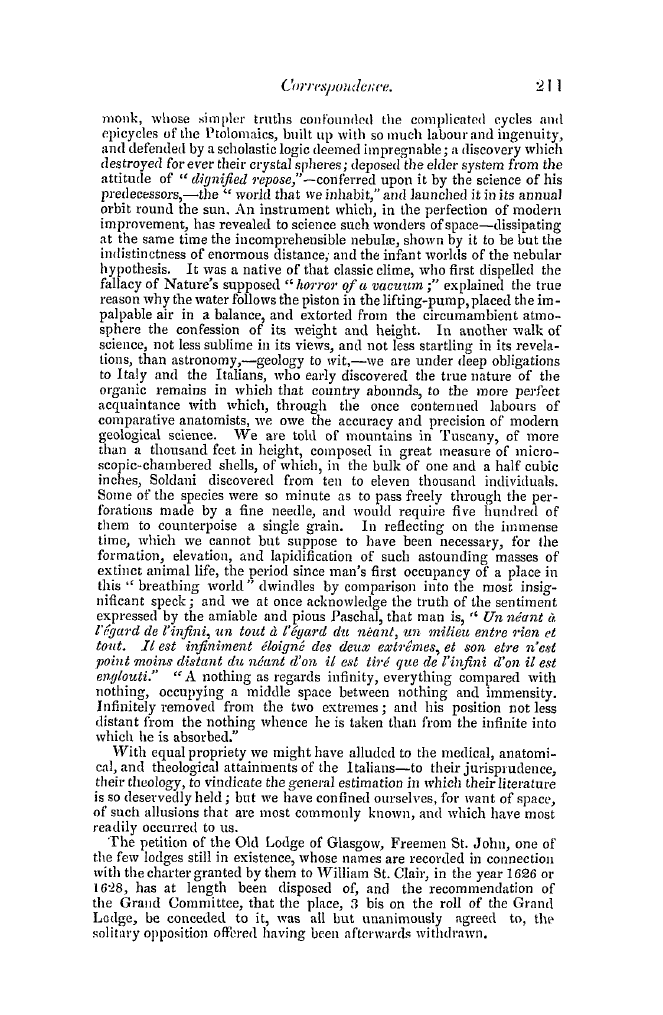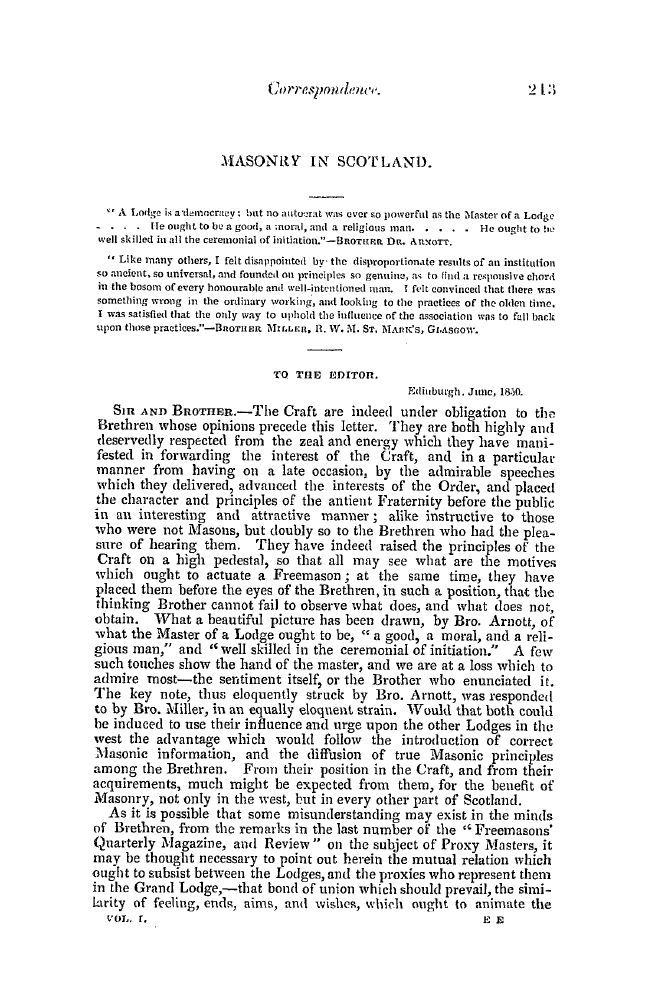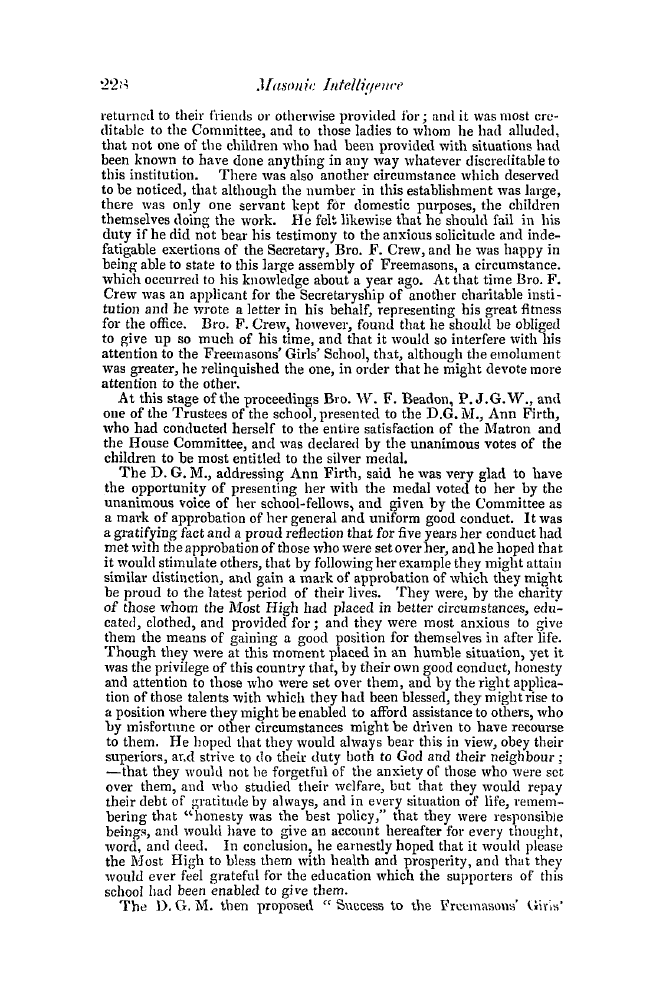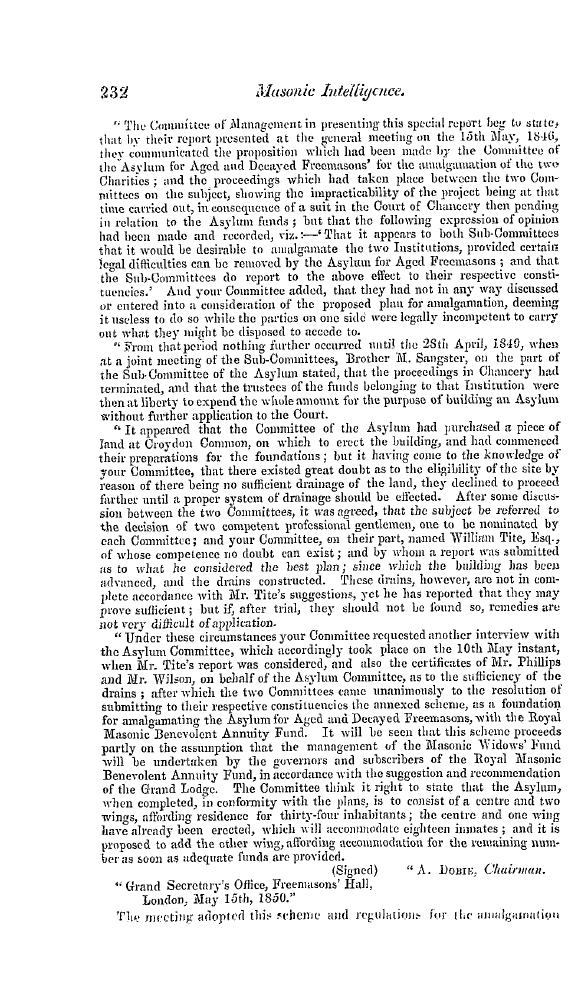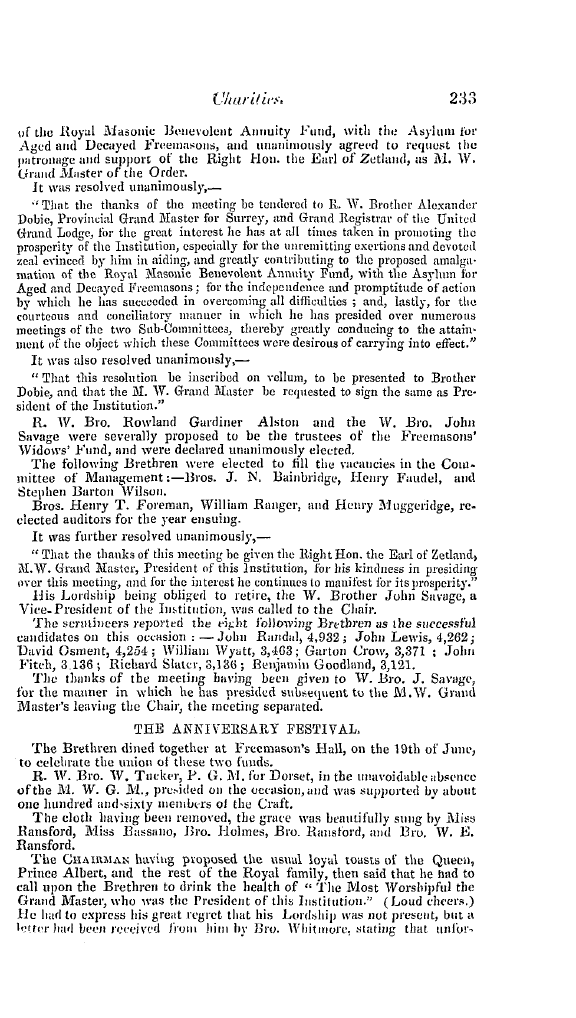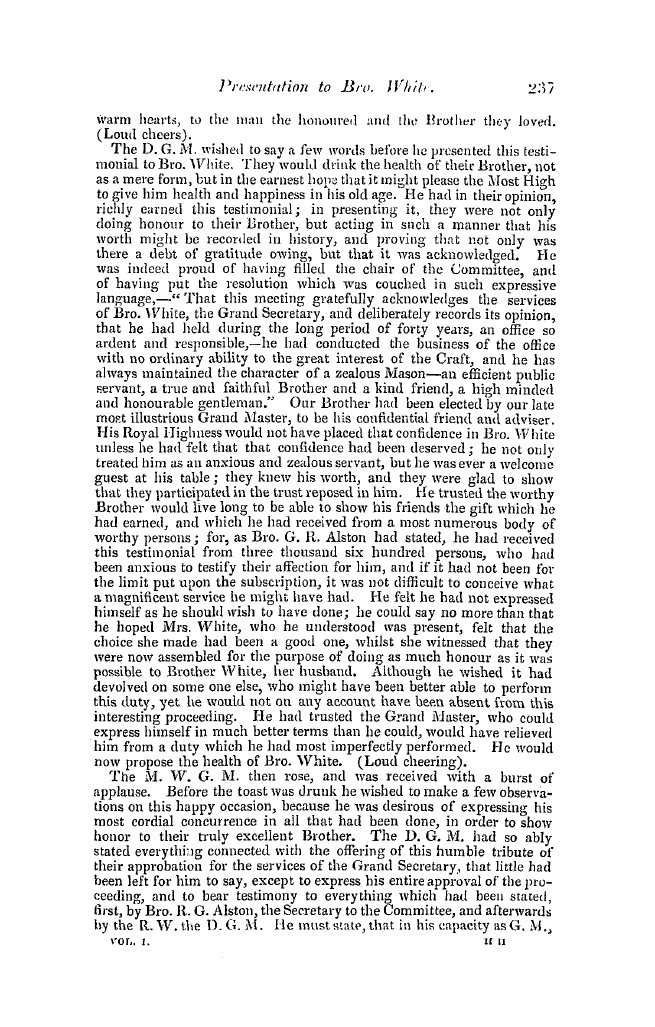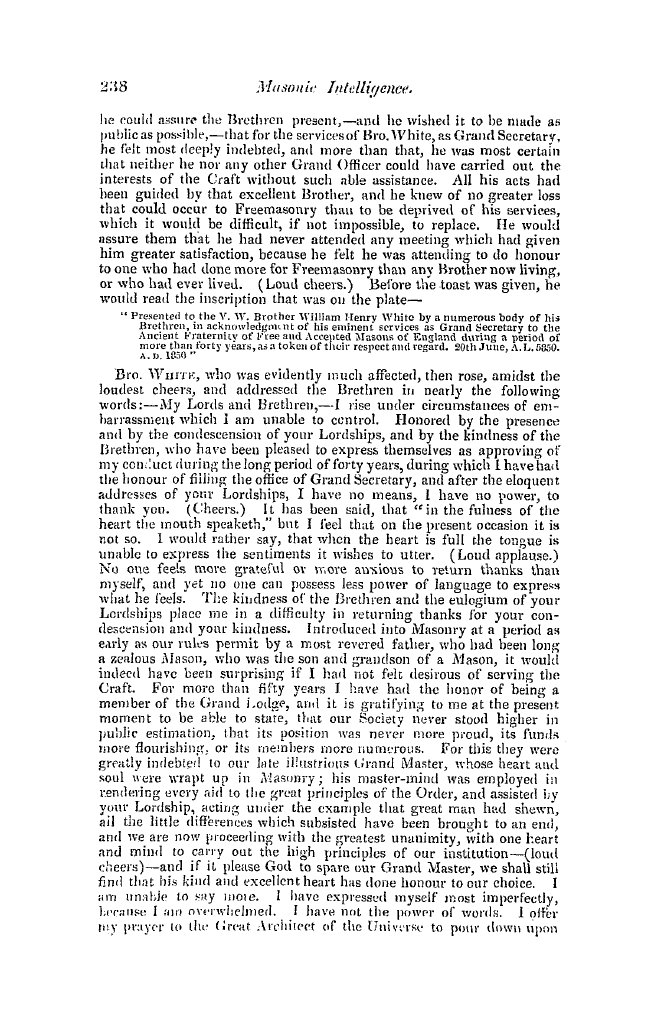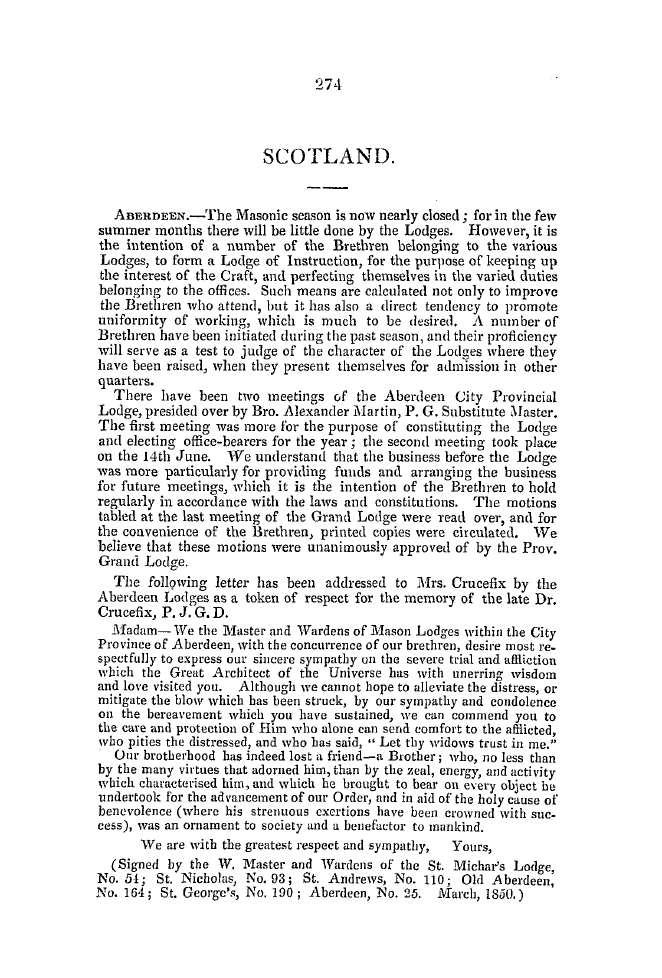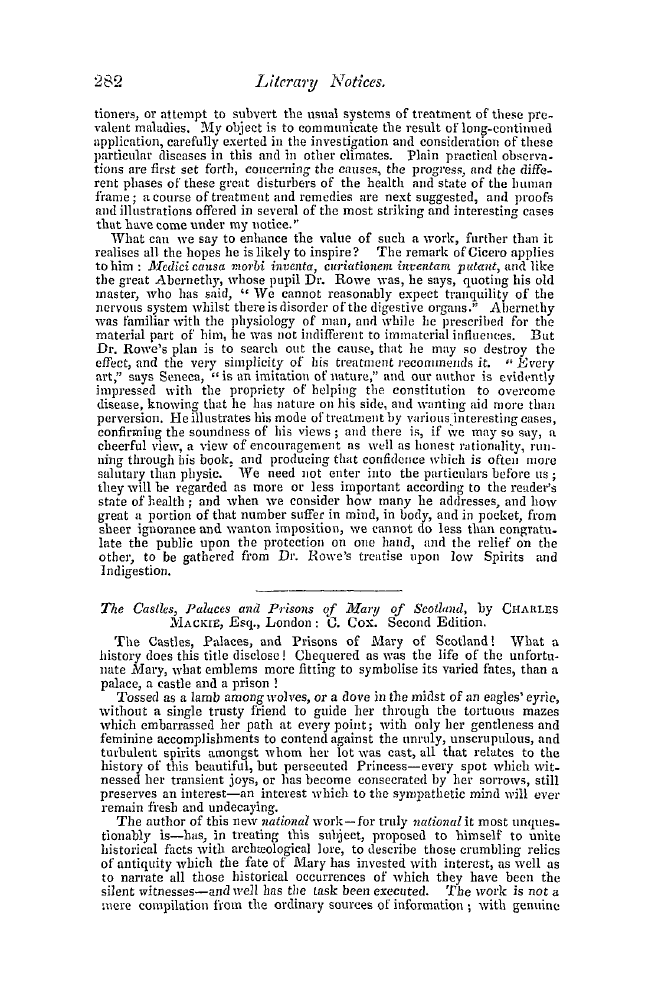Note: This text has been automatically extracted via Optical Character Recognition (OCR) software.
On The Symbolical Character Of Medlæval Heraldry, And Its Connection With Freemasonry .
With a confidence , on the part of writers , which may be considered as very problematical , we are informed that Seth , Enoch , and other inhabitants of the antediluvian world were Freemasons—at least that they were versed in , and carried out , the principles of the present Order . We ourselves are at a loss to conceive upon what passage
in Holy Writ this surmise is founded ; but we willingly relinquish what may appear to be a tone of reproach , and we only regret that talents , labour , and time should be wasted in speculations so groundless , and so liable to elicit the sneer of the scoffer , or , what is more to be feared , the grave censure of the external world . How far better would
it be if learned brethren would devote their valuable efforts to the elucidation of less distant periods of Freemasonry , and avail themselves of evidence which , if at present scantv , is at least more tangible than that of the ill-supporte ' d theories to which we have alluded . Mr . Halliwell , who , we believe , is not a Mason , has thrown
some light on the history of our Brethren in the middle ages , in a preface to a poem discovered in the British Museum , and published by him . The poem , which explains the principles and practices of the Craft in the fourteenth and fifteenth centuries , is in itself a valuable contribution to the annals of the Order ; and we trust that it may be followed
by others , for there can be little doubt but that , in the hitherto unexplored i-ecesses of that great national library , some further records of a body of such magnitude and importance may still be found .
Want of time , and the pressure of other duties and engagements , forbids our straying any further from the path which we have already marked out for ourselves , and reminds us that we must hasten to fulfil the promise with which we concluded our last paper . We must at the same time apologise to the Craft for the brevity of our present
remarks , which has arisen , not so much from a paucity of facts connected with our subject , as from the absence of sufficient leisure on our part for their due consideration . After briefly explaining the occurrence of the Cross , the mysterious Tau , and the equally mysterious T ylfot , in the system of Mediaeval Heraldryand hinting at their similarity
, to emblems acknowledged by some of the various degrees of our Order , we adduced evidence to prove that the chevron was even more nearly and more specifically connected with Masonry than any of the former . We endea-
Note: This text has been automatically extracted via Optical Character Recognition (OCR) software.
On The Symbolical Character Of Medlæval Heraldry, And Its Connection With Freemasonry .
With a confidence , on the part of writers , which may be considered as very problematical , we are informed that Seth , Enoch , and other inhabitants of the antediluvian world were Freemasons—at least that they were versed in , and carried out , the principles of the present Order . We ourselves are at a loss to conceive upon what passage
in Holy Writ this surmise is founded ; but we willingly relinquish what may appear to be a tone of reproach , and we only regret that talents , labour , and time should be wasted in speculations so groundless , and so liable to elicit the sneer of the scoffer , or , what is more to be feared , the grave censure of the external world . How far better would
it be if learned brethren would devote their valuable efforts to the elucidation of less distant periods of Freemasonry , and avail themselves of evidence which , if at present scantv , is at least more tangible than that of the ill-supporte ' d theories to which we have alluded . Mr . Halliwell , who , we believe , is not a Mason , has thrown
some light on the history of our Brethren in the middle ages , in a preface to a poem discovered in the British Museum , and published by him . The poem , which explains the principles and practices of the Craft in the fourteenth and fifteenth centuries , is in itself a valuable contribution to the annals of the Order ; and we trust that it may be followed
by others , for there can be little doubt but that , in the hitherto unexplored i-ecesses of that great national library , some further records of a body of such magnitude and importance may still be found .
Want of time , and the pressure of other duties and engagements , forbids our straying any further from the path which we have already marked out for ourselves , and reminds us that we must hasten to fulfil the promise with which we concluded our last paper . We must at the same time apologise to the Craft for the brevity of our present
remarks , which has arisen , not so much from a paucity of facts connected with our subject , as from the absence of sufficient leisure on our part for their due consideration . After briefly explaining the occurrence of the Cross , the mysterious Tau , and the equally mysterious T ylfot , in the system of Mediaeval Heraldryand hinting at their similarity
, to emblems acknowledged by some of the various degrees of our Order , we adduced evidence to prove that the chevron was even more nearly and more specifically connected with Masonry than any of the former . We endea-

































































